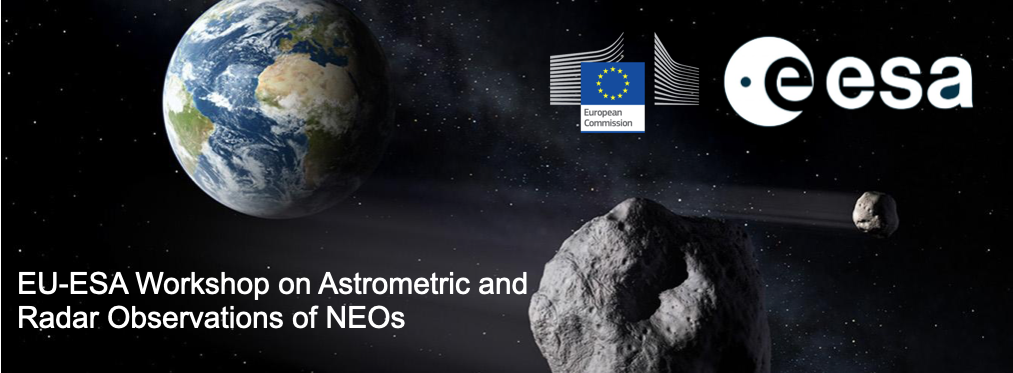Speaker
Description
From 2019 to 2022, ESA funded the pilot project “NEO Observation Concepts for Radar Systems,” aimed at developing a European radar system for Near-Earth Objects (NEOs). The initiative focused on enhancing planetary defense, mission planning, and scientific research. Key contributions came from INAF, SpaceDyS, and the University of Helsinki, with successful radar campaigns conducted in collaboration with JPL/NASA. The study included technical evaluations of the European assets that might contribute to a future planetary radar network. It also estimated the achievable performance in NEO observations at different frequencies, considering weather conditions. Test experiments were devoted to asteroids such as 2021 AF8 and (4660) Nereus (see Pupillo et al. 2024).
Additional campaigns were carried out to provide additional demonstrations and to develop specialized software tools. A highlight was the observation of 2005 LW3 at close approach (Nov. 23, 2022). The experiment used a multi-static radar configuration: the 70-m DSS-63 (Madrid) as transmitter, and the 32-m Medicina and 100-m Effelsberg telescopes as receivers. This marked one of the first NEO radar observations conducted solely with European facilities. The data revealed the asteroid’s rotation period, surface roughness, and confirmed the presence of a satellite (50–100 m), detected as a distinct spectral spike.
Preliminary results from the observation of 2006 WB (Nov. 25–26, 2024) are also presented. The Sardinia Radio Telescope and Lovell dish served as receivers, while DSS-14 (Goldstone) and DSS-63 transmitted at 8.6 and 7.2 GHz. The campaign provided valuable physical data.
We are now focusing on an innovative VLBI radar observation of 2025 FA22, to be proposed as an EVN ToO. If confirmed, it will involve 11 European receiving stations, relying on DSS-63 for transmission.

